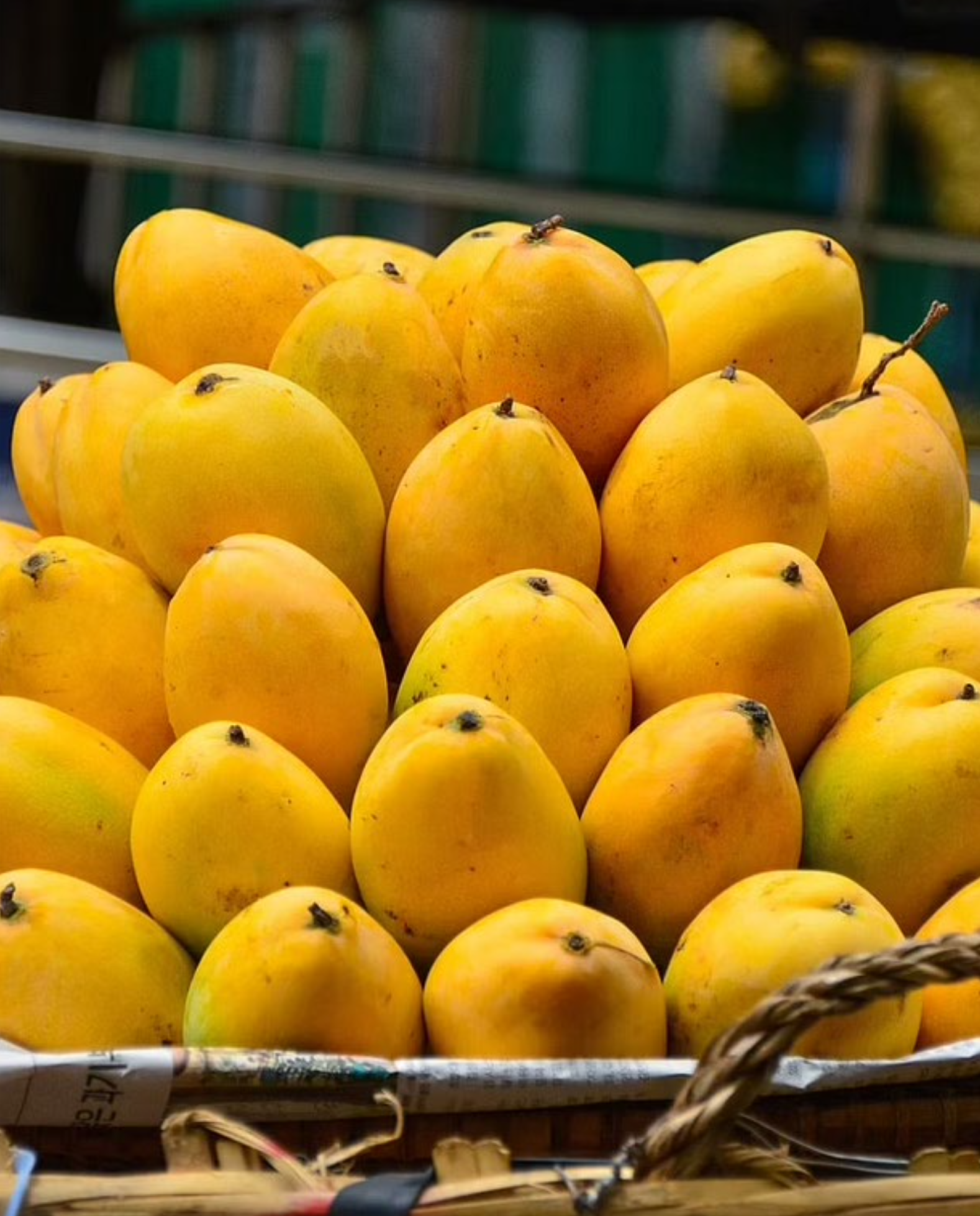Alphonso and Kesar Varieties
The 2022 Alphonso crop season has begun in the cities of Ratnagiri and Bangalore in India. Alongside the un-seasonal rains, an increase
in temperatures have been reported. While the quality of Kesar pulp remains fine, Alphonso pulp has made it challenging for the brix to meet industry standard specifications.
In 2022, the industry expects output of mango puree to reach ~50,000 MT, as labor shortages have improved, however the working capital appears to be a limiting factor.
The lower end of the current price range represents supplies from the southern regions and the higher end represents supplies from western regions. New season pricing was announced mid-May.
Producers say demand remains good, particularly from Europe. Stocks of puree from western India from the 2021 crop have reportedly run out, there are limited supplies of southern puree available from some processors. Demand is ‘lukewarm,’ say processors in India.
Totapuri Variety
Growing conditions for the Totapuri crop remains favorable and harvesting will start in the first week of June. The industry is expecting ~350,000 MT processed for puree and ~50,000 MT processed for concentrate this season. Demand for puree and concentrate has been buoyant over the past month – again particularly from Europe. There are still some supplies of puree available, however, stocks of concentrate are now very limited.
Local business producers in India say that shipments to the Ukraine and Russia have come to a standstill and that shipments to the EU have slowed down.
While freight rates are stable, container availability is poor and transit delays are routine.
COVID-19 pandemic restrictions have been lifted in India, thus making harvesting and processing easier. However, fuel costs are increasing every day resulting in higher transportation costs and container haulage charges.
